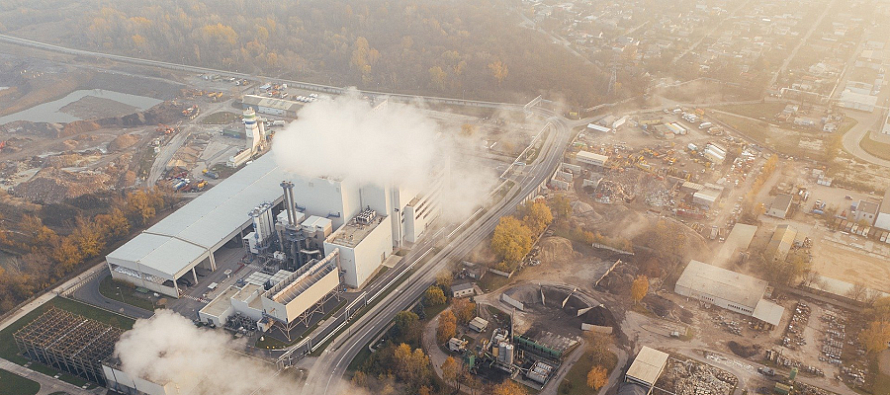Package can take to the end of 2020.
Moscow, 25 Okt – news Agency Neftegaz.RU. The economic development Ministry submitted to the Cabinet of the Russian Federation documents from the climatic package of legal acts, including low-carbon development strategy until 2050
This was announced by the Ministry with reference to the Director of the Department of competition, energy efficiency and environment, Ministry of economic development P. Bobylev.
Thesis:
- package can take to the end of 2020.
- the national adaptation plan has previously been approved by the government.
-
now the plan is implemented Ministry of economic development with the regions and ministries; - The Ministry of economy of the Russian Federation prepares methodological tools for the regions and industries in assessing climate risks and planning adaptation.
-
in the near future, a draft order will be posted on the official website of the Ministry. - today the climate agenda – an integral part of the activities of not only individual enterprises but entire industries.
-
consideration of climatic factors in the corporate strategies already now – one of the criteria of sustainable development. - for the Ministry of economic development the priority now is finding the points of growth for the economy, which will allow for enhanced investment, including “green”. You need to use the window of opportunity that is associated with the Paris agreement and the new climate agenda.”
Actually, the news is not news.
A long-term strategy of Russia’s development with low greenhouse gas emissions up to 2050, Ministry of economic development announced in March 2020.
But intervened coronavirus, and activity even in a low-carbon development has become smaller.
In the baseline scenario is expected to reduce the carbon intensity of the GDP by 9% by 2030 and 48% by 2050 from the current level.
Given that the carbon intensity of the Russian Federation in CO emissions2 (kg)/GDP per capita (U.S. dollars) is about 1.2, 48% or 0.58 kg CO2 (kg)/per capita GDP (U.S. dollars) is good.
But when you consider that the carbon intensity of the UK was estimated to be 0.3 kg CO2 (kg)/GDP (USD), the comparison is not in favor of Russia.
According to experts, in achieving GDP per capita of 15 – 20 thousand dollars value of carbon intensity will be 0,35 – 0,45 kg.
Russia still to this indicator far, although many countries are close to this target: Germany – 0.4 kg; France – 0.2 kg, the USA – 0,6 kg.
In the world from 1920x he has seen a steady trend in the decline of carbon intensity, but in the USSR and then in Russia the trend was opposite, steadily.
I am glad that in recent years, and in Russia, there is at least no increase in the carbon intensity of the economy.
In the autumn of 2019, the Ministry of economy of the Russian Federation predicted that by 2035 the carbon intensity of the electricity sector in Russia will be 2.5 – 3.5 times higher than the average.
To compete in the world with this carbon intensity would be impossible.
What to do:
- to develop the solar and wind farms, power generation which Russia lags behind Western countries in 10Ki times;
- build more nuclear power plants in Russia and not abroad;
- to build more hydropower plants.
Decarbonizing
Decarbonisation and low-carbon economy – a European trend:
- in June 2020, Germany has adopted a National hydrogen strategy, arguing that hydrogen is a key element for the decarbonization of the major industries of the German economy;
- in July 2020, Deutsche Bank announced an Updated Framework environmental and social policy, saying that:
– stops funding new oil and gas projects in the oil Sands and the Arctic region;
– establishes new restrictions on the financing of business activities associated with oil, natural gas or coal.
- 69m the annual release of BP Stats Review, published on 17 June 2020, BP argues that the victory over COVID-19 will be a turning point in the world to achieve 0th carbon emissions by 2050.;
- in the annual global report “BP – Statistical review of world energy (BP Energy Outlook 2020), published September 14, 2020, announced a 3 scenarios for the development of the world economy. All scenarios assume a growth in the share of renewable energy sources (RES) and reducing the consumption of fossil fuels.


